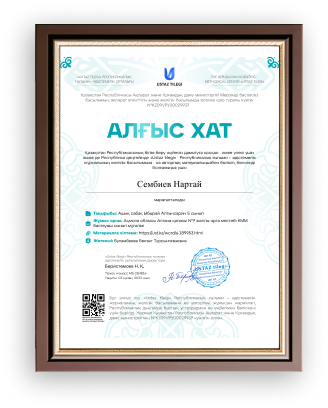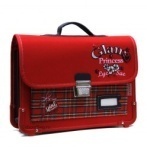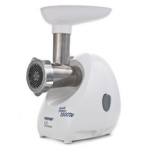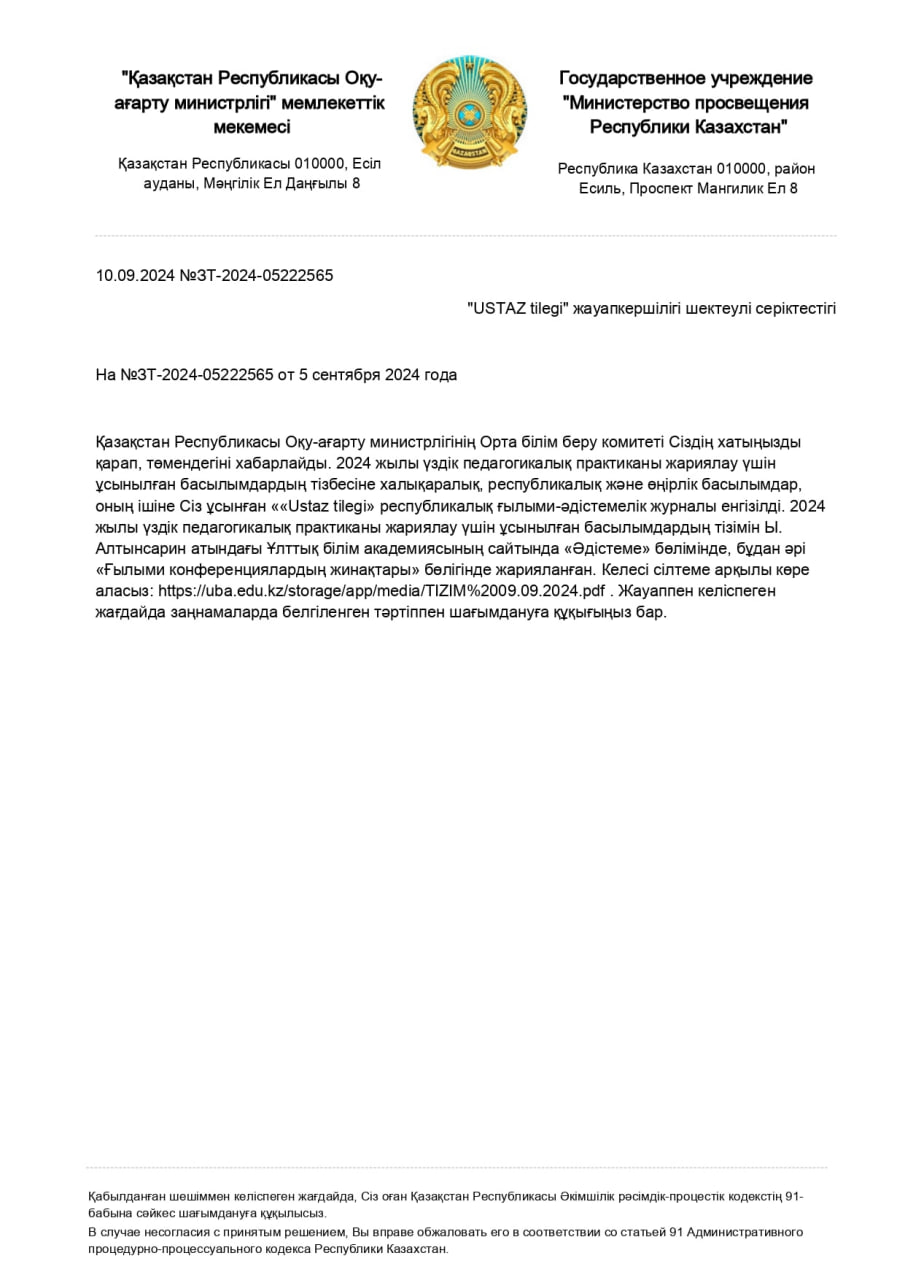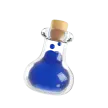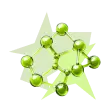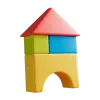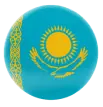|
Determination the theme of
the lesson.
Look at the blackboard,
please. You can see some pictures there. Can you guess what we are
going to talk about?
(The teacher draws the
students' attention to pictures (on the topic "Parts of the body"),
hung in advance on the board, and invites them to guess the topic
of the lesson.)
Guys, today we will
talk about parts of the body. The topic is very interesting, there
are a lot of words in it, you need to teach them. what for? (The
children answer the
question.)
That's right! At
first, knowledge of body parts can be useful for describing people.
Remember our poem for a physical education about Willy, who cries,
because he may have something
hurts.
Phonetic
drill
T.:
Listen to me and repeat after me.
Why do
you cry, Willy?
Why do you cry?
Why, Willy? Why? Willy?
Why, Willy? Why?
Introduction to new words
on the topic "Parts of the
body"
The teacher
introduces new words on the topic "Parts of the body." Students
will repeat new words for the speaker and read them in
pairs
And now, let’s remember parts of the body.
Put the words in two column.
(Students are distribute
words in two columns: head and
body).
Words:
a head, a hair, an eye, an
ear, nose, a mouth, a shoulder, a hand, a leg, a
knee.
Formative assessment.
Speaking.
Now,
it’s time to speak about parts of the
body.
(Students finish the
statements orally).
What do we do
with?
We smell
with our _______, (nose)
We see with our _________, (eyes)
We eat with our ________ (mouth)
Tasty puddings and pies.
With ____ and _____ we walk, (legs) (feet)
With ____and ______ we talk, (lips) (tongue)
And with our ________ (ears)
We can hear.
Game “Draw the
man”.
Let’s
play game! You must use parts of the body and draw the
man.
(Students of the two groups
alternately each student gives an assignment to the opponent to
draw on the board some part of the body, then a presentation is
used for
verification).
Student
1: “Draw the
hands”.
Student 2:
“Draw the (two ) legs”.
etc.
Show me your …..,
please.
(a head, a
body, a hand, an arm, a leg, a
knee, fingers, toes, a face, an ear , two
ears, an eye, two eyes, a nose, a
mouth).
Differenciation:
The
children memorize the vocabulary and make up sentences using
grammar.
For low- motivated pupils: make up sentences
using only pictures part of the body with this/that;
these/those.
Middle-motivated pupils: make up sentences
using cards and some of the demonstrative pronouns this/that;
these/those
Hihg-motivated pupils: make up sentences
without any support by using all vocabulary and all demonstrative
pronouns.
Dynamic
break
Are you tired? Let’s have a
rest! Stand up, please. Let's sing a song all together. "Head,
Shoulders, Knees and Toes"
Formative
assessment.
Make up
sentences about parts of the body using demonstrative pronouns
this/that; these/those
Example:
This is a mouth and that is nose.
  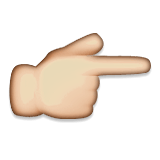 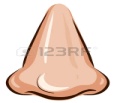
These
are eyes and those are ears.
 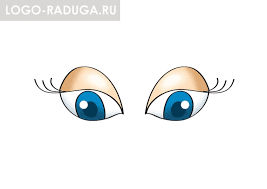  
|

